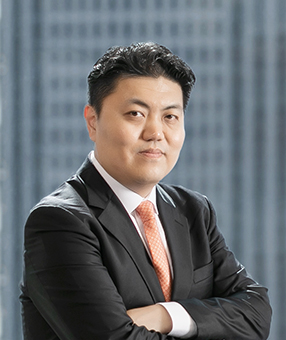By amending (i) the Customs Act and its Enforcement Decree on February 29, 2024, and (ii) the Enforcement Rules of the Customs Act on March 22, 2024, the Korean Government introduced grounds for the anti-dumping investigation authorities to investigate circumvention dumping. The amendments related to circumvention dumping will take effect from January 1, 2025.
Circumvention dumping refers to the avoidance of anti-dumping duties through minor alterations to the categories of goods subject to such duties, or through assembly in a third country. As this type of behavior can neutralize the effectiveness of anti-dumping duties, the World Trade Organization (the “WTO”) discussed the concept of circumvention in its anti-dumping agreements during the Uruguay Round negotiations and the Doha Development Agenda (the “DDA”) negotiations beginning in 2001. However, ultimately, the anti-dumping duty policy was not introduced into the WTO rules.
As a result of this absence in regulation by the WTO, the US, EU and Australia, among others, have developed their own anti-circumvention systems to sanction circumvention dumping. There had also been calls for Korea to take action against circumvention dumping, and the Korean Government has introduced anti-circumvention policies in response.
|
1. |
Definition and Types of Circumvention Dumping |
|
2. |
Procedure for Dumping Investigation |
|
3. |
Imposition of Anti-Dumping Duties |
Korea’s introduction of circumvention dumping investigations is expected to increase the effectiveness of the KTC’s anti-dumping measures.
The circumvention dumping investigation takes up to nine months from the receipt of an application for investigation to the imposition of duties, which is approximately five months shorter than the original anti-dumping investigation. It also does not investigate the rate of dumping, which eases the burden on domestic industries to apply for the investigation. Not only will this enable effective measures to be taken in response to cases of circumvention dumping, but it will also deter the occurrence of circumvention dumping.
While Korea only stipulates minor alterations as a type of circumvention dumping, the US has defined four types of circumvention dumping, including (i) goods assembled or finished in the US, (ii) goods assembled or finished in a third country, (iii) goods with minor alterations, and (iv) goods developed after anti-dumping measures. The EU has also broadly defined the types of circumvention dumping to include (i) minor alterations, (ii) transshipment through a third country, (iii) reorganization of the sales route and sales type by the exporter or producer, and (iv) component assembly processes in the EU or a third country. It remains a possibility that Korea may also expand its circumvention dumping categories in accordance with other countries.
As the anti-circumvention investigation system will be implemented from January 1, 2025 and applications for investigations will also be accepted from that date, it remains to be seen how the anti-circumvention system will operate in practice.
Related Topics
#Dumping #Customs Act #International Trade & Customs #2024 Issue 2 #Newsletter










